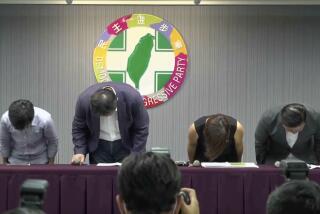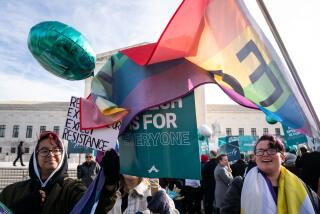Sexual Harassment at Work
- Share via
Though sexual harassment on the job has been around a long time, it was only six years ago that the Equal Employment Opportunity Commission held that it constituted illegal sex discrimination under Title VII of the Civil Rights Act of 1964, and it was only Thursday that the U.S. Supreme Court upheld that view. By a vote of 9 to 0, the court properly ruled that an employee does not have to prove economic loss in order to show discrimination; a “hostile environment” in the workplace is enough, the court said.
In a concurring opinion, four of the Supreme Court’s justices said that they would have gone even further and made employers liable for damages if supervisors sexually harass other employees--even if the employer was unaware of the conduct. But the majority, in an opinion written by Associate Justice (and Chief Justice-designate) William H. Rehnquist, said that they did not want “to issue a definitive ruling on employer liability.”
Nonetheless, the decision establishes an important principle and is a major step toward eliminating the odious practice of supervisors demanding sexual favors from their subordinates. No one knows how widespread that practice is, but the court has now put everyone on notice that it must stop. In the case that the court decided Thursday (Meritor Savings Bank vs. Vinson), a female bank employee charged that a male supervisor had forced her to have sexual relations with him 40 to 50 times over a two-year period under the threat of being fired if she said no.
On the face of it, it is clear that such reprehensible behavior should be illegal. Employers are generally responsible for what employees do, and a good case can be made that they should be liable for sexual harassment, too. Though five justices did not see it that way, they left no doubt that harassment creates an offensive work environment that is contrary to law and sound public policy.
More to Read
Inside the business of entertainment
The Wide Shot brings you news, analysis and insights on everything from streaming wars to production — and what it all means for the future.
You may occasionally receive promotional content from the Los Angeles Times.









